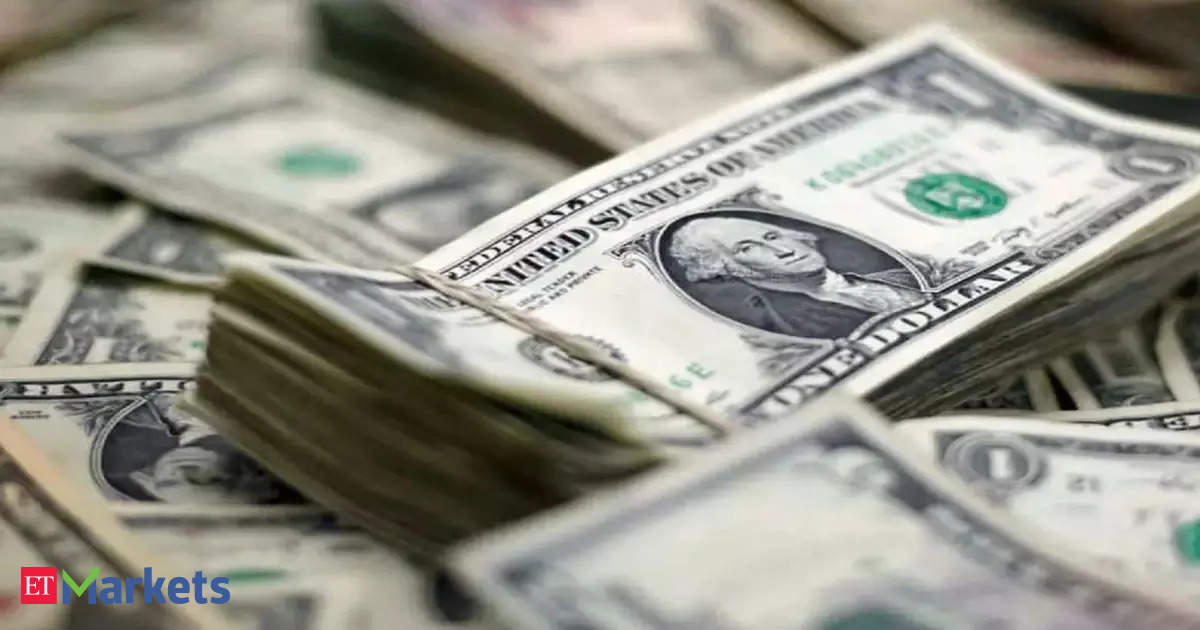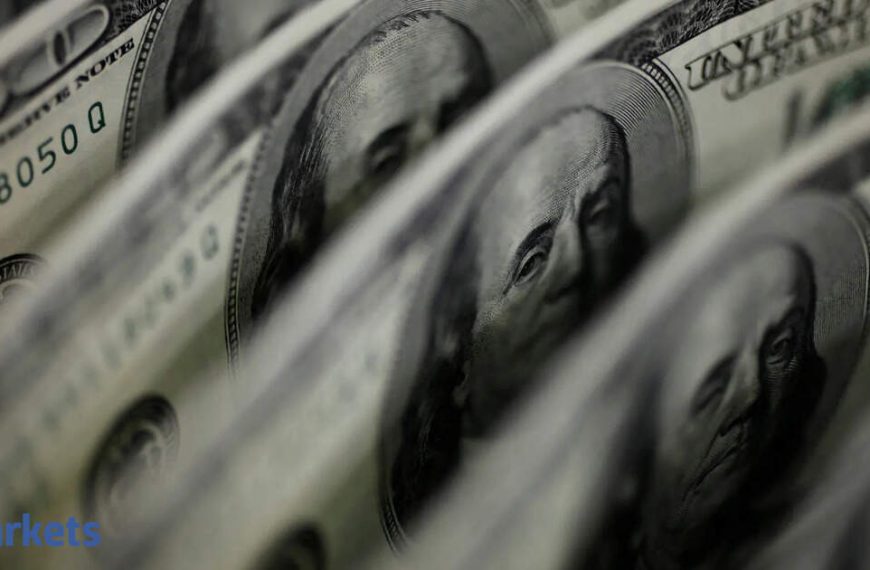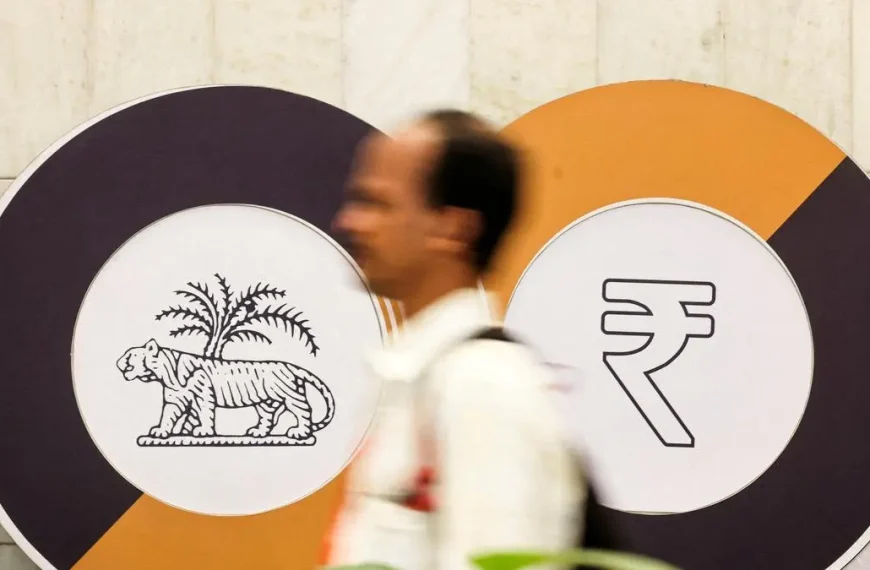On Thursday, the U.S. dollar experienced a decline following the Federal Reserve’s announcement of potential interest rate cuts later this year. This news came amid ongoing concerns regarding U.S. tariffs, while the British pound surged to a four-month peak ahead of the Bank of England’s upcoming policy meeting.
Federal Reserve Signals Possible Rate Cuts
U.S. financial leaders have indicated that they may implement two quarter-point interest rate cuts by year-end, maintaining the same forecast as three months prior. Despite expectations of slower economic growth and rising inflation, the Fed opted to keep its benchmark overnight rate steady between 4.25% and 4.50%. Fed Chair Jerome Powell stated, "We are not in a rush to make changes. Our current stance is well-equipped to address the uncertainties we face." This highlights the delicate balance policymakers must maintain amid potential tariffs imposed by President Donald Trump.
Economic Indicators and Market Reactions
ING economists noted that the U.S. economy’s growth, low unemployment, and persistent inflation suggest interest rates will likely remain unchanged until late summer. The anticipation of easing has led traders to factor in approximately 66 basis points of rate cuts this year, including a possible reduction in July, according to data from LSEG.
Market analyst Kyle Rodda from Capital.com emphasized that Powell’s messaging effectively reassured investors that the Fed is aware of the potential inflation spike due to tariffs, yet remains focused on economic growth and job market stability. This reassurance likely contributed to the rise in stocks and the dollar’s decline.
Global Currency Landscape
With Japan observing a holiday on Thursday, Asian currency markets experienced a lull. The dollar index, which assesses the U.S. currency against six major rivals, held steady at 103.41, lingering near a five-month low. The euro remained stable at $1.09085, while the yen appreciated slightly to 148.36 per dollar after the Bank of Japan maintained its rates, indicating that future hikes would depend on the repercussions of U.S. tariffs.
Meanwhile, the British pound reached a notable $1.3015, marking a four-month high as the Bank of England prepares for its policy decision. Analysts expect the BoE to keep rates unchanged as it assesses the economic impact of U.S. tariffs. With UK inflation consistently above the target of 2%, the BoE has been cautious in adjusting borrowing costs compared to the Federal Reserve and the European Central Bank.
Turkish Lira and Australian Dollar Movements
In other financial news, Turkey’s lira plunged to a record low of 42 per dollar before recovering somewhat to close at 37.665 per dollar, a 2.6% drop, following the detention of President Tayyip Erdogan‘s main political opponent. In the Asia-Pacific region, the Australian dollar fell by 0.35% to $0.6335 after an unexpected decline in employment figures for February, breaking a streak of strong job growth.
The Reserve Bank of Australia recently cut interest rates for the first time in four years but signaled that further reductions might not be imminent due to the labor market’s surprising strength, which could lead to inflation concerns.
In summary, as global currencies react to economic signals and policy decisions, uncertainties loom, particularly around U.S. tariffs and their impact on inflation and growth. Investors will be keenly monitoring upcoming central bank meetings for further insights.











